It has become a popular trend in recent years to celebrate your pet’s birthday in a similar manner as you would your child or friend’s birthday. However, most animals age faster than humans, which means that your dog or cat’s birthday celebration may be highly inaccurate. An animal’s age equivalence in human years depends on an assortment of factors, such as the species, size, breed, and average lifespan. Some species utilize a simple formula that converts their age to human years, which we lay out in the below examples:
- 3.64 Cow Years = 1 Human Year
- 2.29 Deer Years = 1 Human Year
- 20 Hamster Years = 1 Human Year
- 2 Horse Years = 1 Human Year
- 7.27 Pigeon Years = 1 Human Year
- 5.33 Chicken Years = 1 Human Year
- 2 Bear Years = 1 Human Year
For other species, their age conversion may depend on additional factors. Given how dogs and cats are the most popular and common pets around the world, we break down their age conversions to help you determine the accurate age of your pet.
Cat Years to Human Years
The average cat lifespan is around 13-to-17 years old, although they commonly can live to be much older. Additionally, indoor cats are usually observed to live much longer than outdoor cats. Due to the fact that cats mature so quickly in the first year of their lives, converting feline years to human years isn’t completely straightforward. The first year of a cat’s life is equivalent to around 15 human years, and their second year is equivalent to around 9 human years; meaning that a 2-year-old cat is approximately 24-years old in human years. Beyond this point, once cats reach their third year, each additional feline year is roughly equivalent to 4 human years.
| Human Years | 1 | 2 | 3 | 4 | 5 | 6 | 7 | 8 | 9 |
| Cat Years | 15 | 24 | 28 | 32 | 36 | 40 | 44 | 48 | 52 |
A cat’s lifespan will vary based on their breed, genetics, lifestyle, preventative measures, and, most importantly, their nutrition. As adult cat’s progress into their senior years, the following changes may take place:
- Graying fur as well as a coarser coat.
- Cloudiness and discharge from their eyes.
- Decreased activity.
- Increased anxiety or confusion, which is shown through more frequent meowing.
- Yellow stains or tartar on teeth.
Senior life brings on the decline in natural antioxidant production while oxidative stress, meaning the number of free radical attacks a cat undergoes, generally increases. This phenomenon contributes to the rapid aging and organ decline seen during senior years. Protection is just a scoop away with Dr. Bill’s Feline Health Defense, an Nrf2 triggering natural survival system that helps a cat produce millions of extra antioxidants daily. The 42 active ingredients in Feline Health Defense support increased antioxidant production, free radical reduction, and lowered oxidative stress through cellular Nrf2 activation. Science has shown that fewer damaging free radicals over time promote improved health and enhanced physical fitness with a goal of the longest and healthiest life possible for your feline.
-
Feline Health Defense$28.95
Dog Years to Human Years
A widely held belief is that 7 dog years is equivalent to 1 human year, however, this is a complete myth! Similar to cats, dogs mature at an accelerated rate during their first two years, which means that the first year of a dog’s life is comparable to 15 human years, and a dog’s second year is equivalent to 9 human years. Although, beyond this point, dog’s age at a slightly quicker pace when compared to cats, as each additional human year is equivalent to 5 canine years.
| Human Years | 1 | 2 | 3 | 4 | 5 | 6 | 7 | 8 | 9 |
| Dog Years | 15 | 24 | 29 | 34 | 39 | 44 | 49 | 54 | 59 |
Due to the vast variety of differing canine breeds, quantifying a dog’s relative age can be a bit more difficult. For example, larger dog breeds generally don’t live as long as they age at a accelerated pace when compared to their smaller dog counterparts. As senior dogs progress into their senior years, the following changes may take place:
- Graying fur and coat.
- Hearing loss.
- Arthritis and stiff joints.
- Cloudy eyes.
- Lower activity levels.
- Increased anxiety or confusion.
Dr. Bill’s Canine Health Defense has been shown to prevent disease and speed healing in senior dogs. As a dog age, the number of free radical attacks on its’ cells increase while the number of antioxidants capable of neutralizing them diminishes. This phenomenon contributes greatly to the rapid aging and organ decline seen during a dog’s senior years. The ingredients found in Canine Health Defense are capable of producing millions of additional antioxidants via the Phase II Response, which is a well-documented gene survival system triggered by the transcription factor Nrf2. These additional antioxidants are able to neutralize the harmful free radicals, thus lowering the dog’s oxidative stress level back into the normal range. The 42 active ingredients in Dr. Bill’s Canine Health Defense support increased antioxidant production, free radical reduction, and lowered oxidative stress through cellular Nrf2 activation providing healthier eyes, heart, brain, and other internal organs. Science has shown that fewer damaging free radicals over time promote improved health and enhanced physical fitness with a goal of the longest and healthiest life possible for your canine.
-
Canine Health Defense$44.50


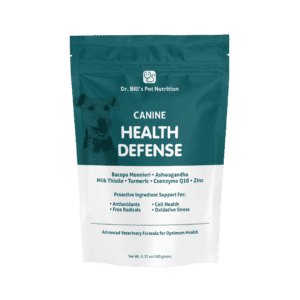

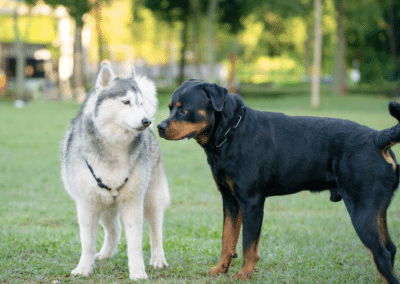

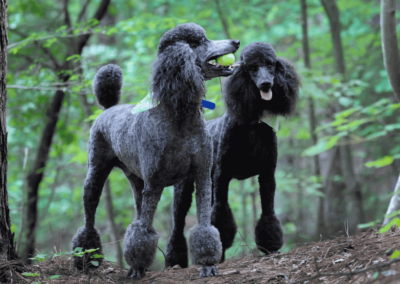
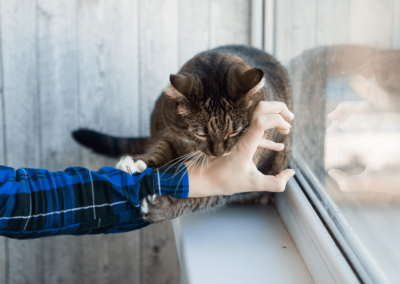
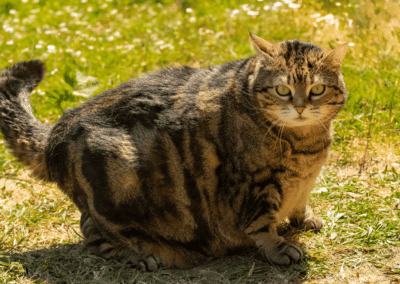
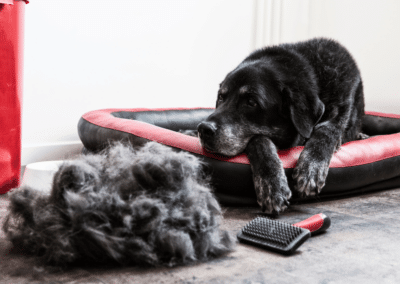
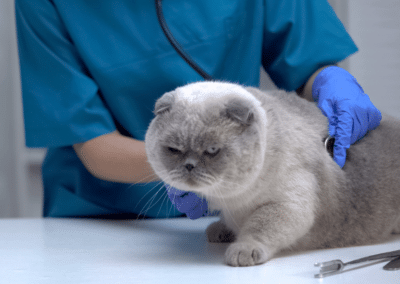
0 Comments